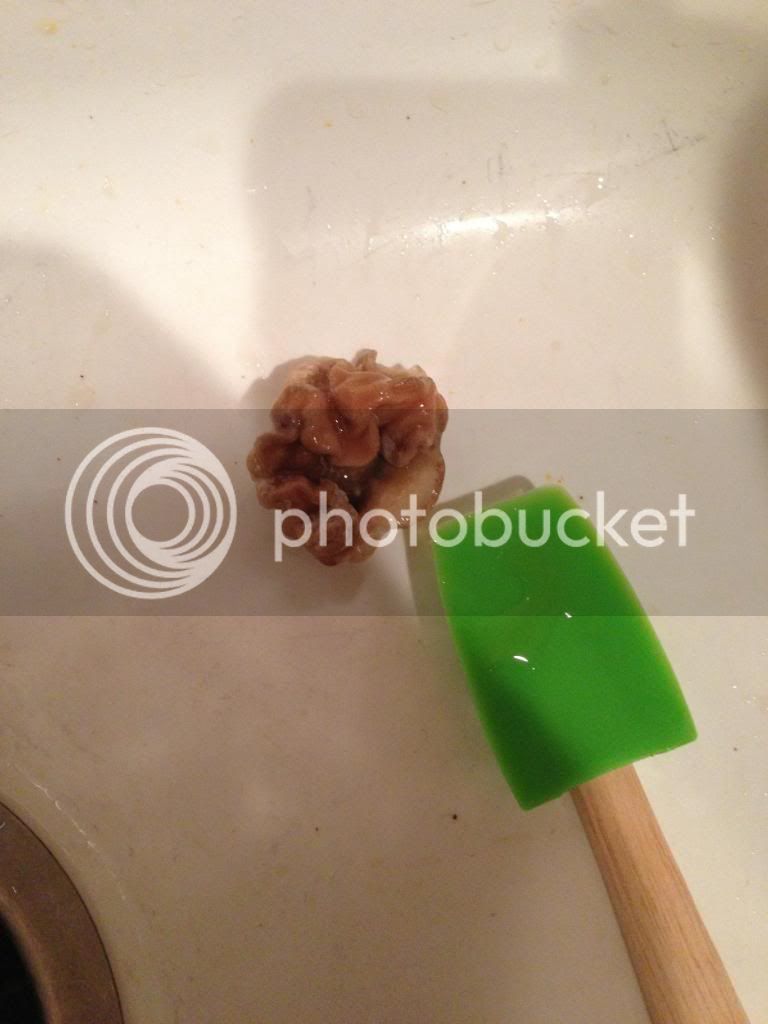I work for a rather well respected research institution (Johns Hopkins) &, as such, I have access to, I believe the proper technical term is, an Imperial Arseload of scholarly research regarding just about everything you could think of in the field of health. And some things you wouldn't even begin to think of.
So, with that said;
Stand back! I'm going to use Science!
Perusing the journals, publications, et. al. at the medical institution I found, after a *brief* search, well over 100 studies relating to mycotoxins, specifically I limited my search to beer, barley & detection mechanisms.
Top level conclusions, backed up by multiple studies.
We have the ability to measure toxin levels on the close order of .005 ng/Kg
North American maltsters check, and reject, at a level of 0.5 ppm (.05 ug/Kg)
Beer contains a measurable, though medically completely insignificant amount of these toxins.
A fairly concise study of 347 random beers commercially available in North America showed the following data. Because I can't get the table to imbed properly I will document the values.
First value is Median (μg l−1)
Second value is Daily average exposure (μg kg−1 bw)
Third value is Tolerable daily intake (μg kg−1 bw)
Forth value is % of Tolerable daily intake
Code:
Ochratoxin A 0.009 0.000029 0.017 0.17
Deoxynivalenol 1.09 0.0036 1 0.36
Fumonisin B1 1.45 0.00476 2 0.24
The key thing to note is that "tolerable intake" is a medical term that basically means "At this level & above we can possibly start to see some effects, maybe"
So it seems that beer contains, at worst, less than 1/4 of 1% of these toxins at the aforementioned tolerable intake level.
It worth noting that the medically accepted level for actual consumption is 10X the tolerable intake listed (according to the CDC)
For ground & tree nuts, it's even higher!
So I'm with Revvy.
I'll worry about them after I prepare for the Zombie Apocalypse. By eating a couple of cans of peanuts.
Cite:
"Mold and mycotoxin problems encountered during malting and brewing"
International Journal of Food Microbiology Vol 119 Issue 1 Oct 2007
"Mass spectrometry strategies for mycotoxins analysis in European beers"
Food Control, vol 30 issue 1, Mar 2013
"Analysis of multiple mycotoxins in beer employing (ultra)-high-resolution mass spectrometry"
Rapid Communications in Mass Spectrometry Vol 24 Issue 22 Nov 2011
"Transfer of Fusarium mycotoxins and 'masked' deoxynivalenol (deoxynivalenol-3-glucoside) from field barley through malt to beer"
Department of Food Chemistry and Analysis, Institute of Chemical Technology, Prague, Czech Republic ISSN: 19440049
Plus a host of others.
Anyone wishing more data, feel free to PM me.
Now let's put this silliness to bed once & for all.






















![Craft A Brew - Safale BE-256 Yeast - Fermentis - Belgian Ale Dry Yeast - For Belgian & Strong Ales - Ingredients for Home Brewing - Beer Making Supplies - [3 Pack]](https://m.media-amazon.com/images/I/51bcKEwQmWL._SL500_.jpg)






































 (from Brewing Microbiology).
(from Brewing Microbiology). 